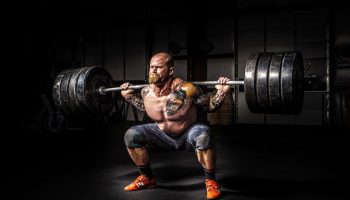Bodybuilder needs to keep their body fat percentage to a minimal in order to competitively compete. For a bodybuilder BMI (Body Mass Index) is not a very precise representation of body fat percentage or levels. BMI takes into consideration an individual’s weight (i.e it includes both fat and muscle weight) and height. As a result, bodybuilders will have high values of BMI even with minimal body fat. For more precise measurements of body fat, a fat caliper or underwater weighing are good substitutes.
For bodybuilders as they are “heavy”” their BMI calculations put them in the range of obesity. Although, at each and every level that we look at them, their health actually seems quite good. Their lipid profile, blood pressure and sugar levels all are excellent. They don’t seem to suffer from any health ailments associated with their excess weight.
Although BMI is useful as a quick screening tool for a general population but for bodybuilders or fitness freak it’s not a very good tool.
BMI’s Drawbacks:
BMI doesn’t disclose about your body composition such as ratio of muscle vs. fat you have. Consequently assumptions are simply based only on numbers which can often be misleading, especially in the following situation:
- Muscle mass: Most bodybuilders have high BMIs in spite of minimal body fat. In their case, increase muscle tissues intensify their overall body weight. Read here: Things young athlete do build muscle mass
- Activity level: In certain cases BMI will fall into the normal range, even though a person might have a lot of body fat in comparison to lean mass. Like in case of elderly person who is majorly inactive, have lots of body fat and has a very few muscles.
- Body type: The area of deposition of fat (an apple shape or a pear shape) does make a lot of difference to your overall health. Usually, it’s the belly fat (“apple” shape) which causes a lot of health concern like, etc.
Beyond BMI
To get out your measuring tape for accurate measurements:
- Waist size: For precise measurement, the tape measure should be around the waist at the top of the hip bones of your lower back and go all around surrounding your belly button.
- Waist-to-height ratio: This is to compare the waist measurement to your height measurement. It may be even more beneficial than waist circumference alone. The goal is for your waist circumference to be less than half of your height.





